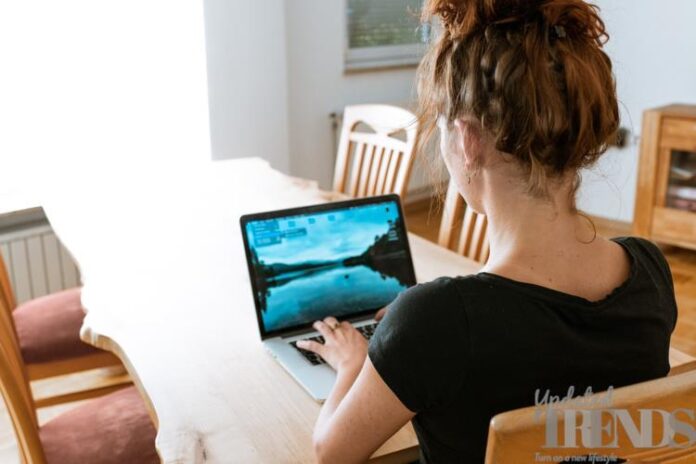This term might be new for many but it does exist and has become more prevalent during the coronavirus induced lockdown across the globe. Since more people are now at their homes as a measure to remain safe from the virus, people are now more glued to their smart devices that include their laptops, tablets and smartphones. Spending more time with these gadgets can cause a condition that is known as video fatigue. Some of the platforms like Netflix, Amazon Prime and others have some up with their best subscription offers that lured many viewers to their respective platforms and watch unlimited content.
But not many are aware that video fatigue takes away all the energy and makes you feel uneasy and tired all the time. The OTT platforms are not just the ones to be blamed but long hours of virtual business and corporate meetings, long chatting hours and friends and family and helping kids learn at home through a virtual class can also cause tiredness. While this might be the new normal here after, you need to take a few steps to reduce the video fatigue.
Reduce your screen time –
The blue rays that are emitted by the gadgets harm the eyes and also the sleep centre of the brain. They not just disturb the circadian rhythm but also increases the caffeine consumption. You might also end up indulging in comfort eating and this can lead to problems like weight gain, digestion issues, spike in blood sugar levels and more importantly dryness in the eyes.
Ways to deal with video fatigue –
Make sure that you are not watching you smartphone or laptop in pitch darkness as it can cause a strain in your eyes. Instead of sitting for long hours, take regular breaks. Opt for a digital detox and spend time in meditation and yoga which will work more like a therapy. Spend more time with your family.
Photo Credits: Pixabay











